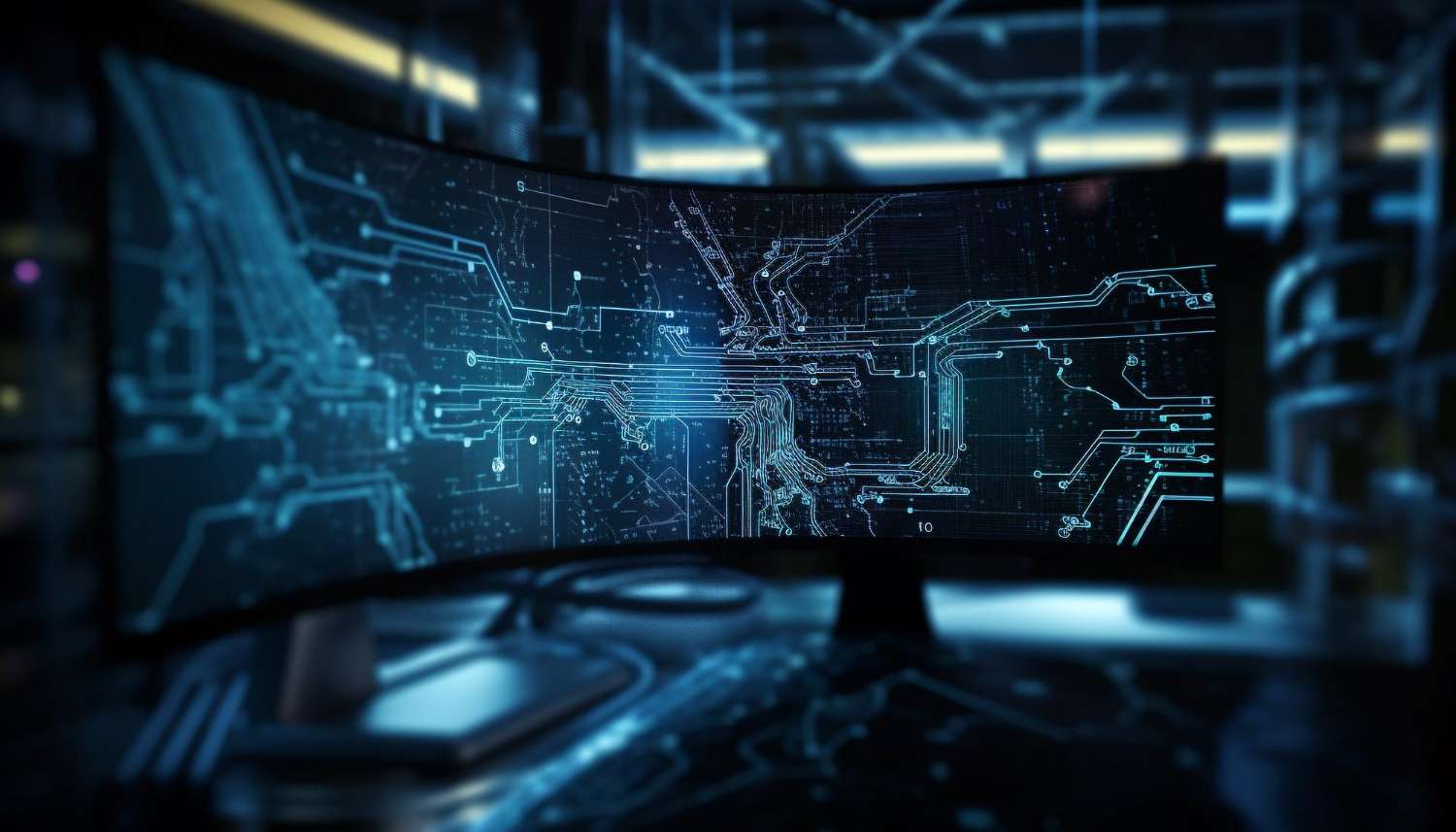If you’re planning to implement the revolutionary Generative Pretrained Transformer (GPT) in your existing setup, it’s important to be aware of specific technical requirements. These include the appropriate machine learning libraries, sufficient computational resources especially in terms of processing power and storage, and the right skill set for building, testing, and maintaining GPT.
A thorough understanding of the AI’s functioning and potential use cases in your setup is also crucial.
What machine learning libraries are required?
Libraries for machine learning are one of the foremost considerations while deploying GPT. These libraries facilitate the functioning of AI by providing prewritten, optimized, and tested algorithms.
Libraries like TensorFlow, PyTorch, and OpenAI‘s GPT library are indispensable for the effective operation of a GPT model. However, choosing the right library depends on your specific project requirements and the proficiency of your team with different libraries.
While TensorFlow is known for its robustness and its ability to run on multiple CPUs and GPUs, PyTorch offers a more dynamic and intuitive framework. OpenAI’s GPT library, on the other hand, comes pre-equipped with relevant models and tokenizers, simplifying the GPT implementation task.
What are the hardware requirements?
Considering that GPT is a vast model, processing power and storage become critical aspects. High-performance GPUs are required, offering substantial computational capabilities. Additionally, sufficient storage space is required for dataset storage and handling the large-scale output generated by GPT.
GPT models might demand hundreds of gigabytes of storage space, depending on their size. Deploying these models on Cloud services like Google Cloud Platform, Microsoft Azure or AWS can address storage concerns while providing scalability.
What Skills Does My Team Need for Successful GPT Integration?
Building, testing, and maintaining a GPT model requires a blend of skills. The team should ideally consist of data scientists, machine learning engineers, and software developers. They need proficiency in programming languages like Python and a solid understanding of machine learning concepts and libraries 🛠️.
Beyond technical skills, understanding the potential implications of GPT, its ethical use, and possible misuse is equally important. This will enable your team to implement GPT effectively and safely in your current setup.
What are some best practices for implementing GPT?
Beyond the immediate technical skills and resources, understanding the best practices of implementing GPT can lead to more effective utilization and less trial-and-error. Implementing GPT is a significant investment, so it’s prudent to have a detailed plan before taking the plunge.
Testing various components of your GPT model separately before integrating and running the entire system is recommended. Additionally, a practice of ongoing monitoring and regular updates will help you make the most out of GPT, given the rapidly advancing nature of AI technologies.
Following our GPT: An Examination of the Future of Generative AI article, it is evident that GPT has exciting potential, but the key is to implement it meticulously and responsibly, keeping in mind these technical requirements.
Conclusion
Implementing GPT in your current setup requires a combination of the right skills, machinery, and technical know-how. It necessitates a good understanding of the functioning of GPT and its potential role in your system.
With the right approach, the implementation of GPT can significantly enhance the range and quality of tasks that your setup can handle.
- Analyzing Patterns in Failed Products - July 25, 2024
- Hybrid Cryptographic Systems - July 24, 2024
- Inadequate Threat Intelligence Integration - July 23, 2024
